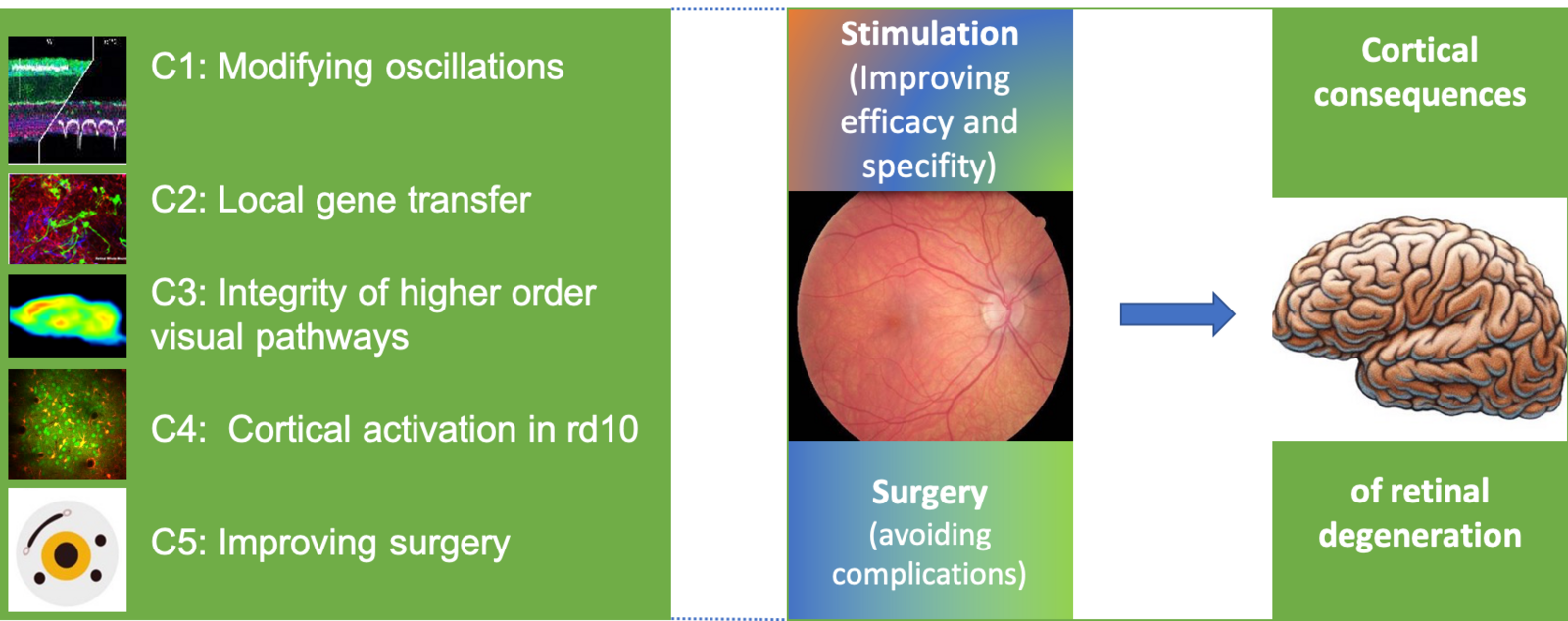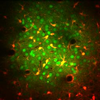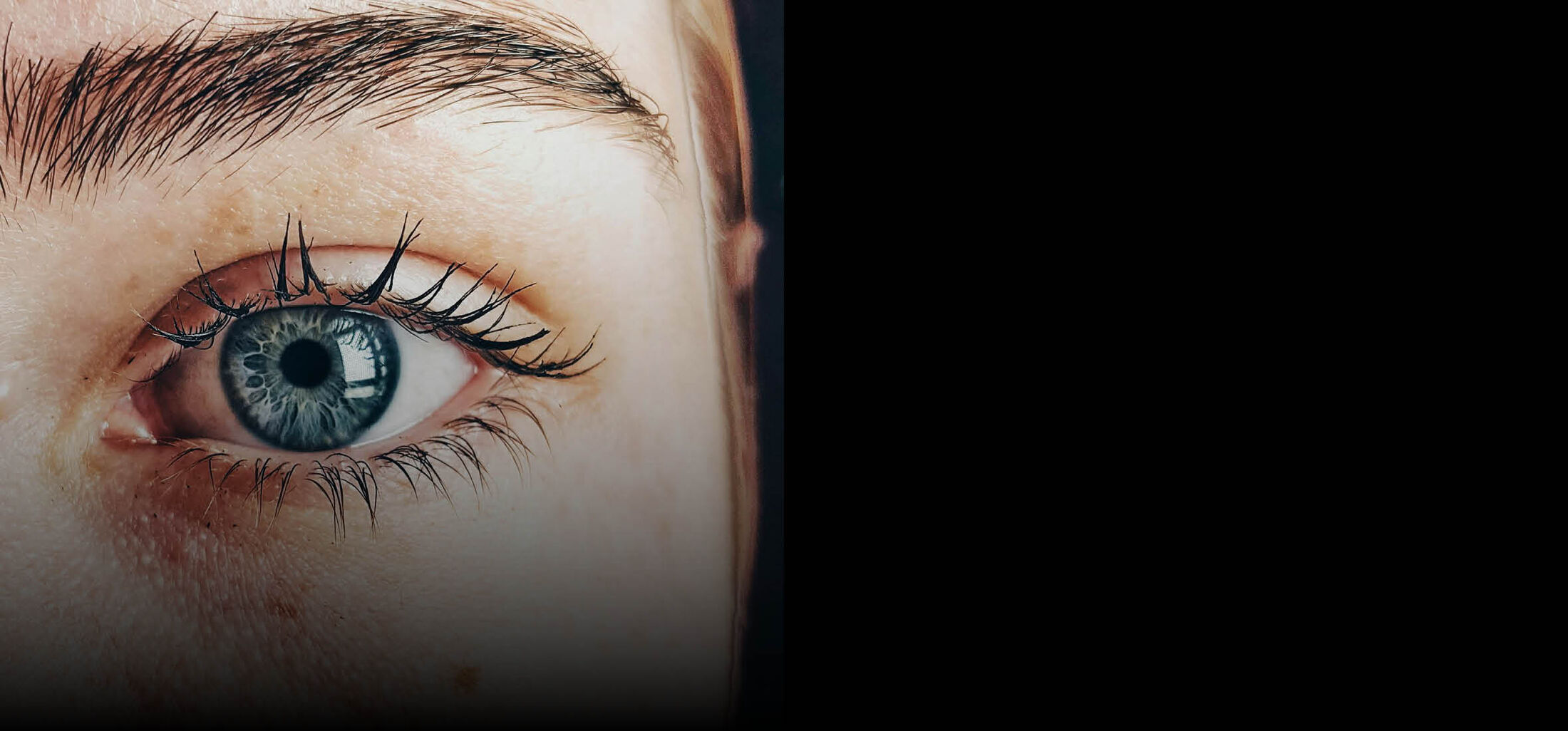Working area C: Understanding Retinal Degeneration and Improving Surgical Interventions

C1: Improvement of efficiency of electrical stimulation by pharmacological and electrical manipulation of oscillatory activity in the retina of the retinitis pigmentosa mouse model rd10 (Müller, Johnen)
We observed that oscillations compromise the efficiency of electrical ganglion cell stimulation and hence, in a patient would diminish the benefit of an electrical prosthesis. We attempt to abolish or modulate oscillatory activity in conjunction with optimized stimulation patterns to increase the efficiency of electrical stimulation.

C2: Therapeutic gene delivery to retinal cells and tissue by MEA-based Electroporation (Johnen, Ingebrandt)
The project comprises the electroporation-based transfection of retinal cells/tissue. We will establish an electroporation protocol using MEAs specifically designed and manufactured within project A4. We will study the efficiency and stability of gene insertion and analyze the viability and functionality of the electroporated cells/tissue.

C3: Multi-modal evaluation of neuronal integrity in the visual pathway after retinal degeneration (Willuweit, Kampa)
In this project, the plasticity of the visual pathway, especially the visual cortex, will be analyzed during the course of retinal degeneration in a rat model of retinitis pigmentosa. This will be achieved by longitudinal monitoring of neurotransmitters in brain regions of the visual path in vivo using multi-modal imaging techniques, such as positron emission tomography (PET), magnet resonance imaging (MRI), and magnet resonance spectroscopy (MRS).

C4: Activation of visual cortex after retinal degeneration. An optogenetic PhD study in the rd10 mouse model (Kampa, Müller)
How does long-term visual deprivation affect visual cortex functions? This question will be addressed using combinations of multiphoton imaging, optogenetics, and electrophysiology to measure neuronal activity in visual cortex in the rd10 mouse model of retinitis pigmentosa.

C5: Innovative tools for insertion and implantation of large microsystems into the vertebrate eye (MD projects) (Walter, Baumgarten, Lohmann, Schaffrath)
We will study the surgical anatomy of eyes in different species and describe safe entry points for the intraocular insertion of larger objects. We will design insertion tools and perform tests in ex-vivo models as well as in in-vivo experiments (projects for medical students).

